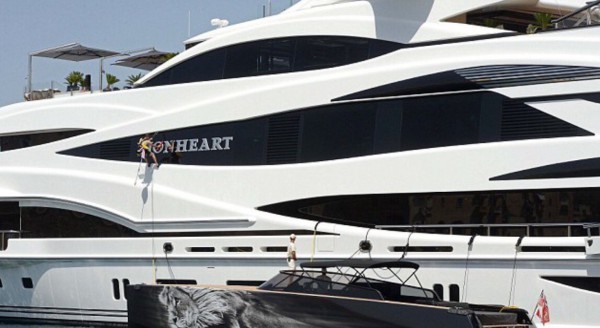Who should take responsibility for superyacht safety?
The industry is known for taking a back seat with regards to safety, so we speak to captains about who needs to step up.…
If we take a moment to be brutally honest, the superyacht industry is exceptional at bemoaning problems and pointing the finger, yet when it comes to offering viable solutions, in an instant the room goes quiet.
After a few years that saw the operational safety of working on board superyachts severely questioned – the incident on board Kibo as the strongest example – we asked the industry’s captains who should, not take blame, but take responsibility for the safety of an industry whose safety culture has such a poor record.
“I actually shudder when I see some of the suggestions written about the safety of personnel on board superyachts,” admits Mike Conquest, captain of Golden Eagle. Captain Conquest is strong in his view that the ultimate responsibility for safe operations on board is down to a collective crew effort through regular meetings and on-board gatherings, during which, he says, “there should be a forum for any crewmember to be able to raise safety concerns and for those concerns to be adequately dealt with at that time.”
Captain Nick Wigram believes technology has a role to play, when considered hand in hand with regulation. “[Improvements in safety] won’t happen overnight, because there is a whole industry busy creating regulation, but there should be one rule for all. And technology should help – electric distress lights should replace flares, and surely it’s possible to manufacture a life raft and a fire extinguisher that will last five years and just needs the pressure gauge checked monthly.”
Technology should help – electric distress lights should replace flares, and surely it’s possible to manufacture a life raft and a fire extinguisher that will last five years and just needs the pressure gauge checked monthly.
Another captain, Captain Valter Costa, suggests the reason the superyacht industry has fallen to its current safety standards is a lack of organisational structure on board, which results in people being placed in prominent positions, where safety management is part of their role, but without the sufficient training. “We should have a structure that should assess people and filter the promotion to captains or heads of department, but we do not have that – we don’t have anything close.” As a result, Captain Costa explains, we risk having the wrong people in charge. “Could this be problematic? Yes. Because the training and constructive assessment is lacking.”
Captain Costa points to something that, I think, it would be hard for anyone in the industry to disagree with: the existing blame culture. And that, with a focus on blame, we will be unable to move beyond that to solutions. “Yachting needs to stop finding excuses and stop embracing a blame culture. Most of us can see where the problem lies, but has anyone tried to come up with a solution? No, the subject is far too complex.”
NEW: Sign up for SuperyachtNewsweek!
Get the latest weekly news, in-depth reports, intelligence, and strategic insights, delivered directly from The Superyacht Group's editors and market analysts.
Stay at the forefront of the superyacht industry with SuperyachtNewsweek
Click here to become part of The Superyacht Group community, and join us in our mission to make this industry accessible to all, and prosperous for the long-term. We are offering access to the superyacht industry’s most comprehensive and longstanding archive of business-critical information, as well as a comprehensive, real-time superyacht fleet database, for just £10 per month, because we are One Industry with One Mission. Sign up here.
NEW: Sign up for
SuperyachtNewsweek!
Get the latest weekly news, in-depth reports, intelligence, and strategic insights, delivered directly from The Superyacht Group's editors and market analysts.
Stay at the forefront of the superyacht industry with SuperyachtNewsweek




